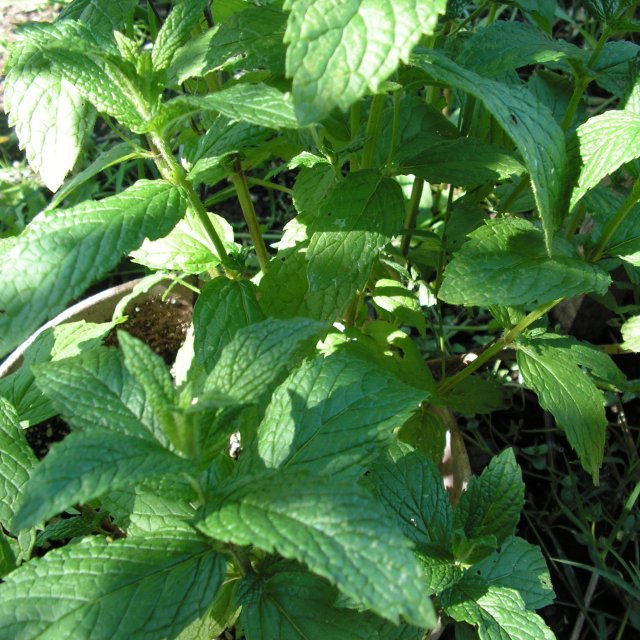 The mint plant may be one of the most misunderstood and least well utilized allies in the home vegetable garden. Labeled “invasive’, ‘predatory’ and other unbecoming names, the truth is, mint is the most common and well known member of the Mentha family.
The mint plant may be one of the most misunderstood and least well utilized allies in the home vegetable garden. Labeled “invasive’, ‘predatory’ and other unbecoming names, the truth is, mint is the most common and well known member of the Mentha family.
Most well known in its peppermint and spearmint forms this prolific family of herbs contains the master pest destroyer pennyroyal, the culinary staple oregano and the delicate, yet pungent darling sweet marjoram.
Let’s take a stroll through the mint garden and what it can do to enhance your vegetable crops and your dinner table…
First, let’s take a look at the common peppermint and spearmint. Their differences are distinct. Spearmint prefers river banks and very wet soils but can flourish in the garden. Peppermint is the drier land-based version of the herb. Spearmint characteristically has longer lighter green leaves and is easily distinguishable by its distinct odor. Both work equally well.
Pest Repellant
Both peppermint and spearmint repel aphids, flee beetles, white cabbage moths, ants, rodents and fleas. (Not an insignificant list!) We will include pennyroyal here as well, as it does all of these splendidly and is our favorite mint for scent and blossom, but we remind you that pennyroyal is not to be used as a culinary herb and is quite toxic to cats.
Note: Do NOT use pennyroyal based flea controls for cats!
The mint plant is a beneficial for all members of the brassica family and tomatoes. Sprinkle mint leaves over these areas of your vegetable beds.
Pollinator Attractant
Mints are major attractors of bees, hoverflies, predator wasps and all the ‘good guys’ in the garden. In fact, even earthworms are attracted to mint plantings.
The mint plant is also an excellently well-loved members of the culinary herb family. Use them in teas, ice creams, salads, with meats, and even in baths and aroma therapies.
The beauty of the mint plant is its tenacity and willingness to deliver. The more you cut a mint plant the better it grows. Cut leaves can serve as mulching repellants, culinary delights or potpourri.
Harvest mint just as it flowers for full developed scent in the leaves; leave flowers for excellent attractor benefits in the garden.
To address invasiveness you may either plant mint in bottomless containers in the garden or plant it as we do, freely, and allow the shallow root system to kill off and drown out all other weeds until planting time when you can easily pull up and cut back spreading shallow depth root growth.
Mint – it’s a weed barrier too!
Resources:
http://www.gardeningblog.net/
You can buy Heirloom Mint Seeds at Amazon – Peppermint, Spearmint, Pennyroyal, Oregano, and Marjoram:


